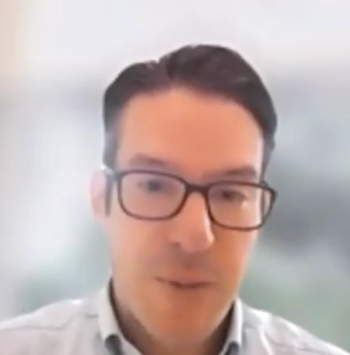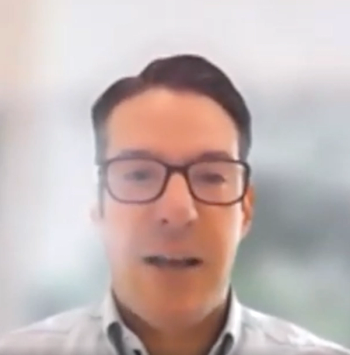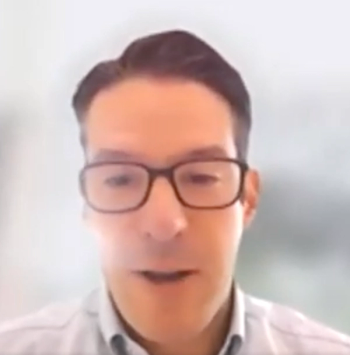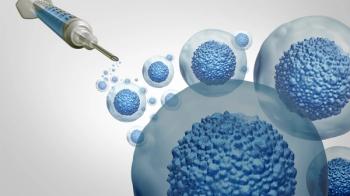
PTCy Hasn't Eradicated GVHD — And There Are Other Problems To Contend With, Says University of Miami ResearcherResearcher
Although improved prophylaxis with post-transplant cyclophosphamide has reduced the chances of graft-vs-host disease developing, the problem has not disappeared entirely, says Antonio Jimenez Jimenez, M.D., of the Sylvester Comprehensive Cancer Center at the University of Miami Miller School of Medicine.
In this third excerpt from an interview with Managed Healthcare Executive, Antonio Jimenez Jimenez, M.D., of the Sylvester Comprehensive Cancer Center at the University of Miami Miller School of Medicine, discusses what post-transplant cyclophosphamide (PTCy) has meant for graft-vs-host disease (GVHD). "I would love to tell you that PTCy has completely eradicated GVHD. We know that's not true." But evidence from studies that he has helped lead, including one published in June in the Journal of Clinical Oncology (JCO), has shown that with PTCy, the GVHD rates among those who are fully matched and those who are less so are the same. Jimenez Jimenez noted, though, that GVHD is not the only problem that stem cell transplant recipients face and that transplant clinicians are also working on reducing infections and relapses.
The results reported in JCO were from a phase 2 nonrandomized multicenter trial that enrolled 145 patients. The patients all received a GVHD prophylaxis regimen that included cyclophosphamide, mycophenolate mofetil and tacrolimus. The
study compared myeloablative conditioning (MAC) with reduced-intensity or nonmyeloablative (RIC/NMA). The results show slightly better results for the MAC group on the primary end point of overall survival at one year (83.3% for the MAC group vs. 78.6% for the RIC/NMA group).
Jimenez Jimenez and his co-authors note that approximately a third of the recipients in this trial were mismatched at more than one HLA allele, with no noticeable difference in survival. Although the results were underpowered statistically in the 46 patients with less than a seven out of eight HLA, Jimenez Jimenez and his colleagues described them as encouraging and supportive of searching for less than seven out of eight HLA matches among possible donors.
Newsletter
Get the latest industry news, event updates, and more from Managed healthcare Executive.






















































